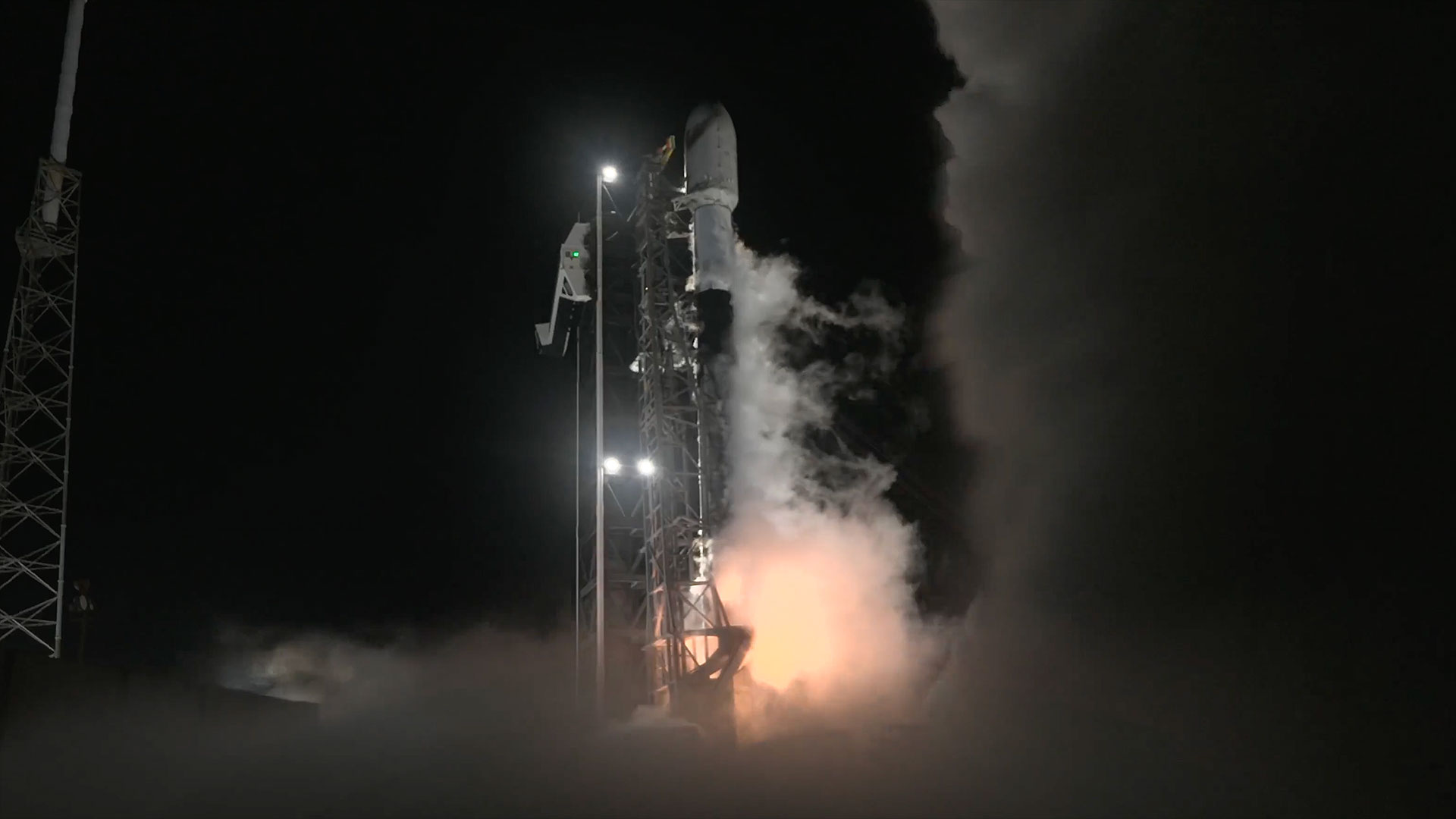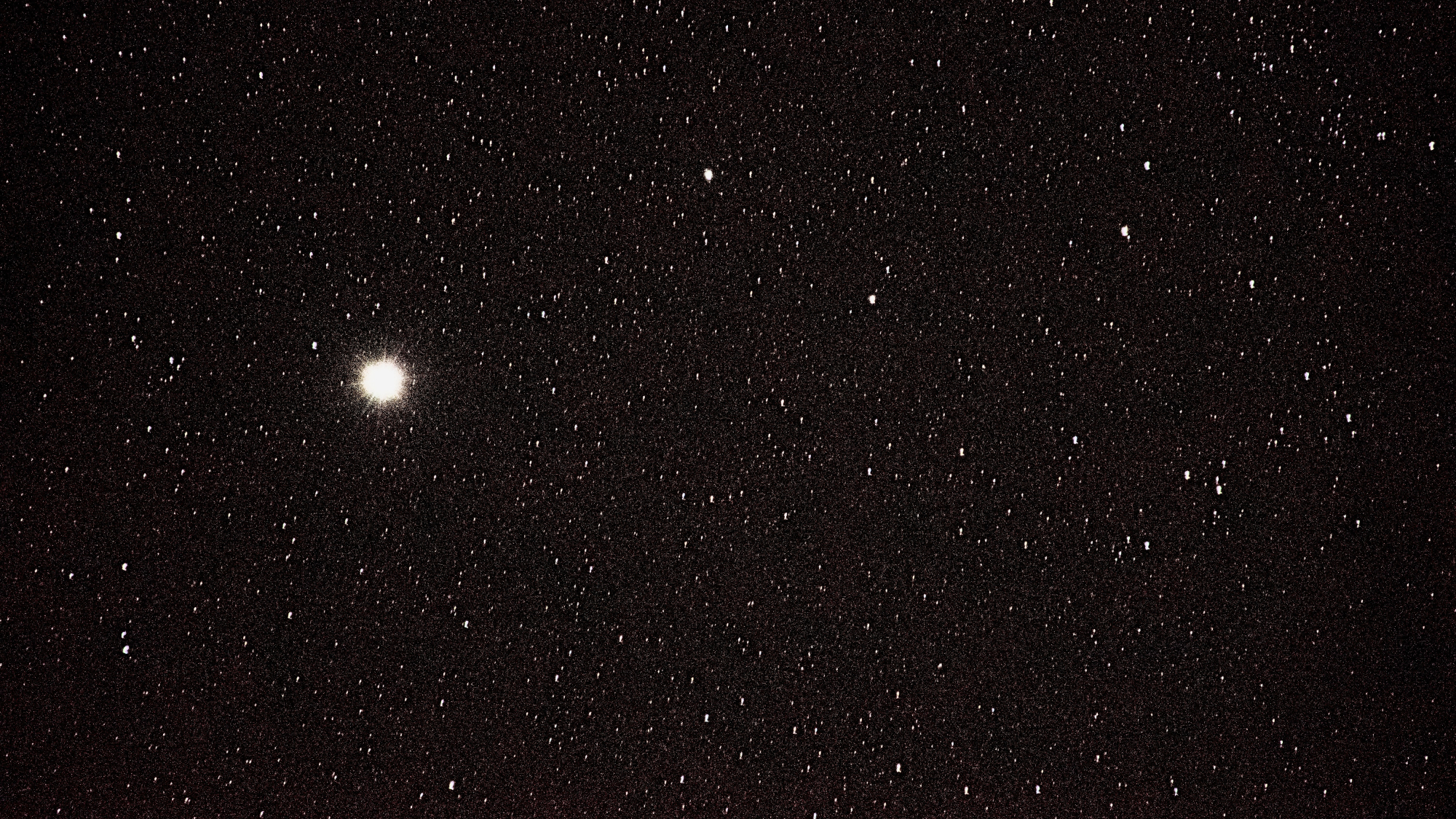
When will we be able to see the planets at their best during this upcoming year of 2024? Well, this guide will tell you. It will also provide information as to when a particular planet might be passing near to another planet, or a bright star for that matter, as well as the constellation that each will occupy during the course of the year. Read on to learn more about various circumstances like conjunctions, oppositions and elongations that are on this upcoming year's skywatching schedule.
1. Mercury
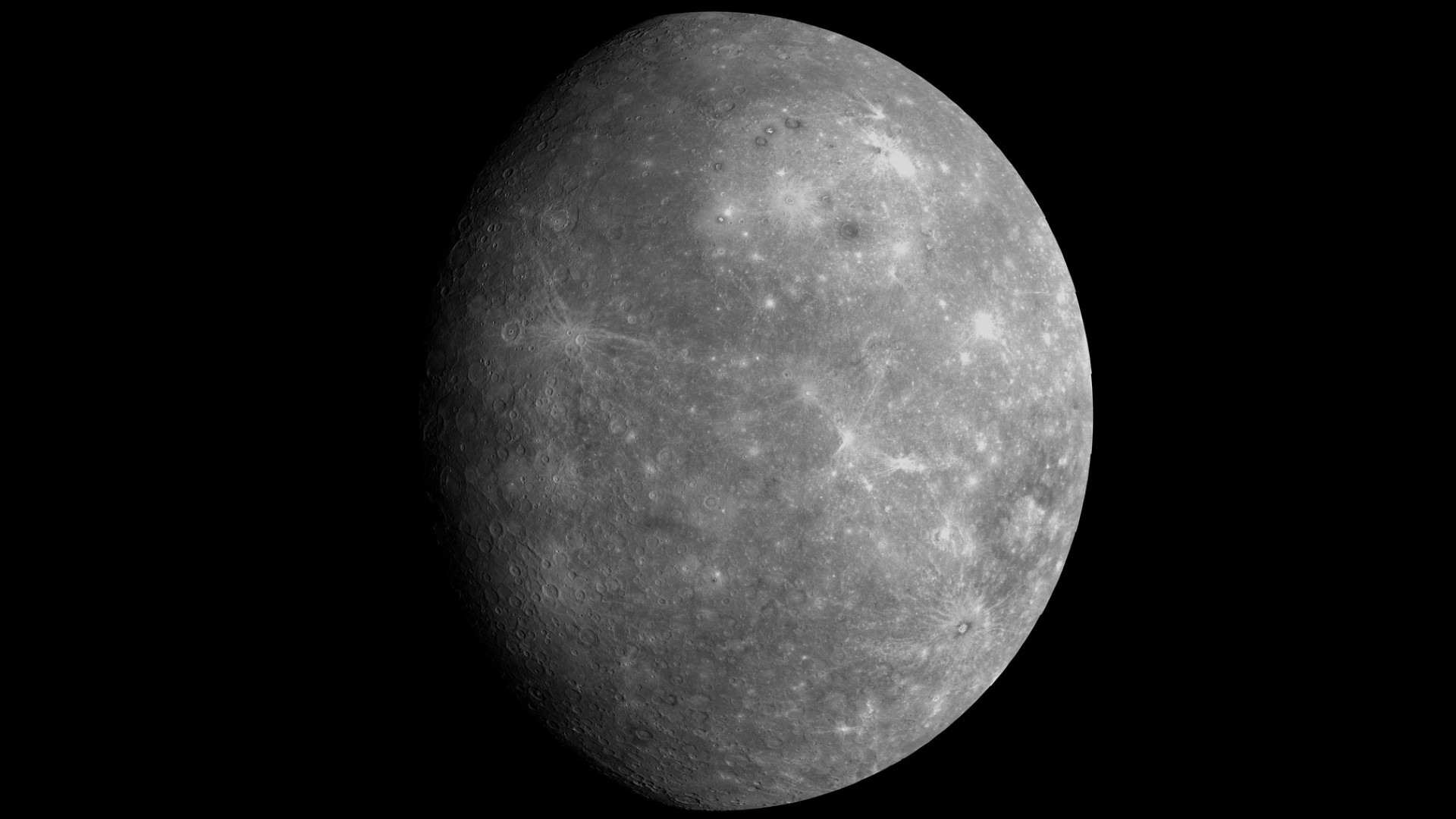
As an evening star, Mercury appears in the western sky and sets about an hour after the sun does. As a morning star, it appears in the eastern sky, rising about an hour before the sun. There must be a clear, unobstructed horizon on these occasions. Mercury usually appears as a bright "star" with a yellowish or ochre hue. You can catch sight of the planet in the mornings of Jan. 5 to Jan. 26, May 2 to May 23, Aug. 30 to Sept. 19 and Dec. 18 to Dec. 31. You can also catch some Mercury action in the evenings of March 10 to March 31, July 8 to July 29 and Nov. 2 to Nov. 23.
Mercury will be brightest and easiest to spot in the evening sky between March 10 to March 31, and brightest and easiest to spot in the morning sky between Jan. 5 to Jan. 26 and again between Dec. 18 to Dec. 31.
2. Venus
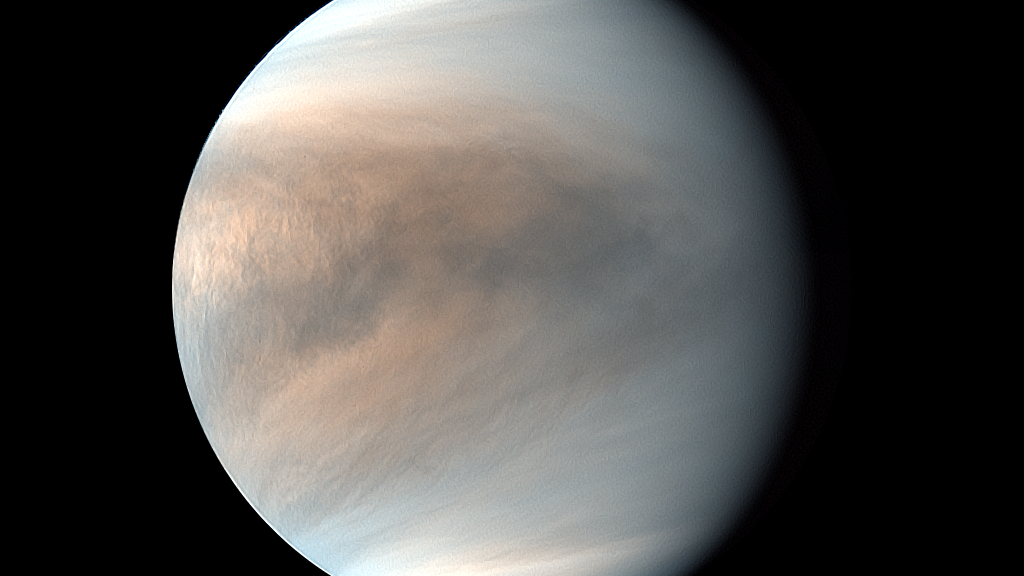
Always brilliant, and shining with a steady, silvery light, you can catch Venus during mornings in the eastern sky at dawn from Jan. 1 to April 8; evenings in the western sky at dusk from July 30 to Dec. 31.
The est time to view Venus in the morning sky in 2024 will come from Jan. 1 to Feb. 11. The best time to view Venus in the evening sky in 2024 will come from Oct. 5 through Dec. 31. On Feb. 22, Venus will be very close to Mars (passing 0.6-degree north of the Red Planet). Venus and Saturn will appear dramatically close to each other (Venus just 0.2-degree N) on the morning of March 21.
On April 3, Venus will slide just 0.3 degrees S of Neptune. On Aug. 5, Venus will pass 1.1-degree N of a bluish Regulus, the brightest star in the constellation of Leo, the Lion. On Nov. 22, Venus passes 1.1-degree N of Nunki, a second-magnitude star in the constellation Sagittarius.
3. Mars
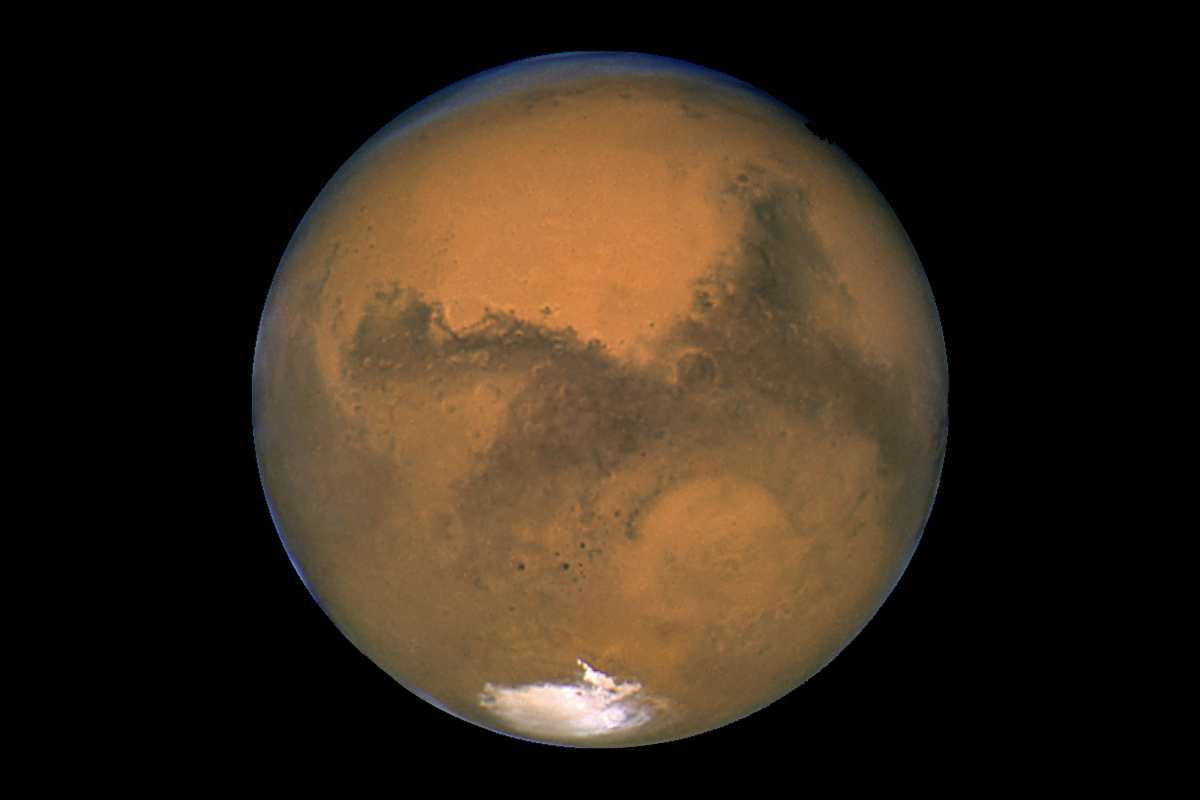
This will be another "off" year for Mars, as for much of 2024 it will appear relatively dim while dawdling in the morning sky. Mars will actually be invisible for the first 10 days of the new year, too deeply immersed in the bright dawn twilight to be seen. On New Year's Day it will reside in the constellation of Sagittarius at a distance of 225.2 million miles (362.4 million kilometers) from the Earth. By April Fool's Day, it will be in the constellation of Aquarius and become visible low in the southeast for a few hours before sunrise, shining at magnitude +1.2. On July 1, it will be visible after midnight in the eastern sky, having brightened slightly to magnitude +1.0.
Breaking space news, the latest updates on rocket launches, skywatching events and more!
On Halloween, during late night hours, Mars will be readily seen in the northeast sky, with the "Twin Stars" of Gemini, Castor and Pollux, pointing directly at this yellow-orange planet, now shining at magnitude +0.1.
From then on, through the balance of the year, Mars will rapidly ramp-up in brightness as it approaches the Earth. It will become stationary against the starry background of space on Dec. 6, performing a retrograde loop as a prelude to its first opposition since 2022 on Jan. 16, 2025. On New Year’s Eve, now in the constellation of Cancer, Mars will be 61.3 million miles (98.6 million km) from Earth and shine at magnitude -1.2, which is just a bit dimmer than Sirius, the brightest star in the night sky; this will be its brightest in 2024.
Mars will pass 2.7 degrees north of the second magnitude star Nunki in the constellation Sagittarius on Jan. 21 and will get very close to Venus (passing 0.6 degrees south of that dazzling world) on February 22. Mars will make even closer approaches to Saturn (0.4-degree N) on April 10 and to Neptune (0.1-degree S) on April 29. The Red Planet will pass 4.9 degrees north of the similarly bright and orange tinted star Aldebaran on Aug. 4 and slide 0.3-degrees north of Jupiter on Aug. 14.
Finally, early on the morning of Dec. 18, a waning gibbous moon will slide just above Mars. Across northern sections of North America, the moon will actually occult, or eclipse, the planet.
4. Jupiter
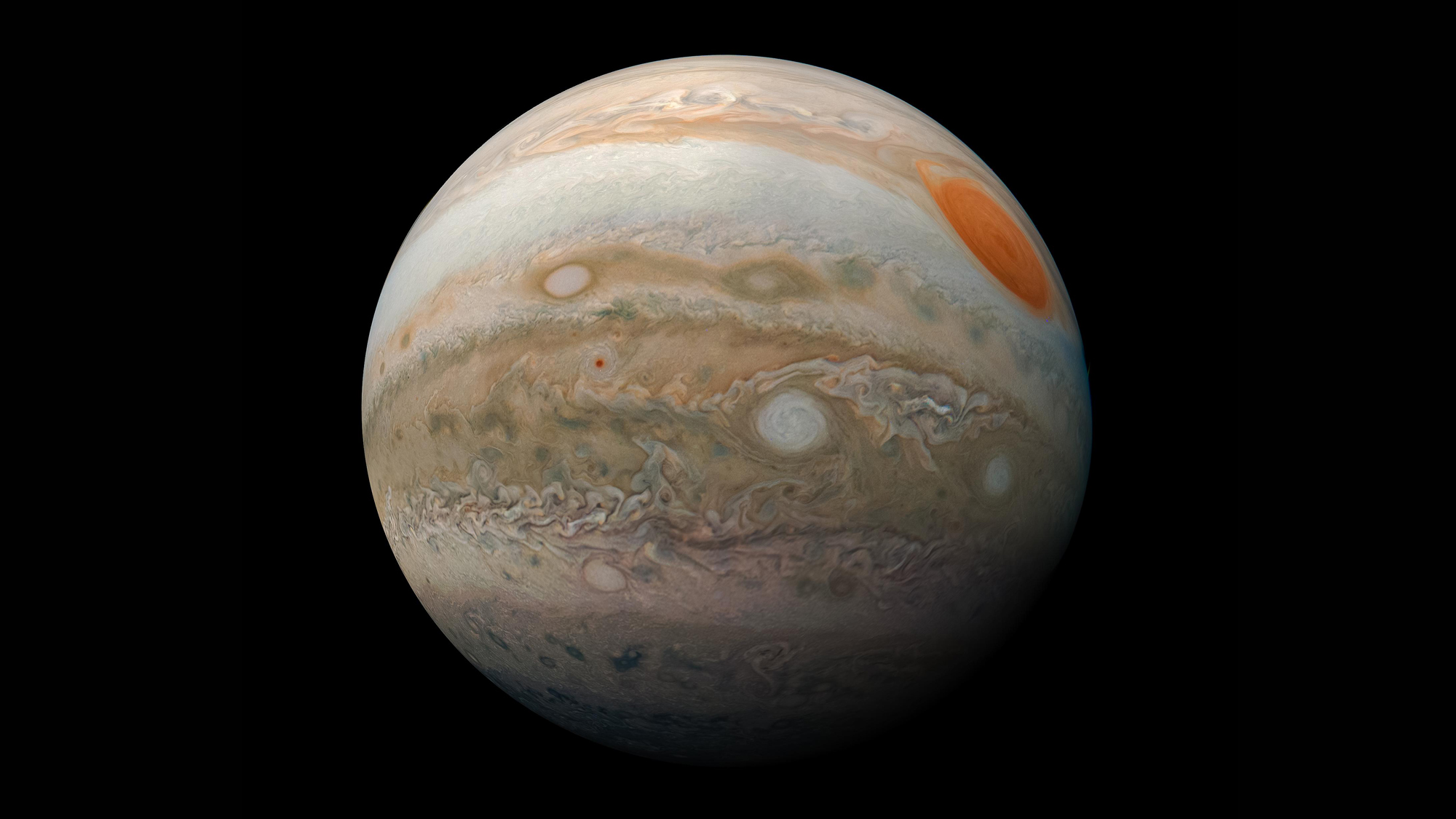
Jupiter will be quite brilliant with a silver-white luster in 2024. It starts the year in the constellation Aries the Ram, then crosses over into Taurus the Bull on April 28 where it will remain for the balance of the year.
During evenings from Jan. 1 to April 26, it'll shine brightly, as well as during mornings from June 8 to Dec. 6. Evening viewing will be optimal again from Decc. 7 to December 31.
It's brightest in 2024 will fall between Nov. 14 to Dec. 28. Jupiter will be in opposition to the sun on Dec. 7. It will pass 4.8-degrees north of the first magnitude star Aldebaran on July 9 and will be only 0.3-degrees south of a much-dimmer Mars on Aug. 14.
5. Saturn
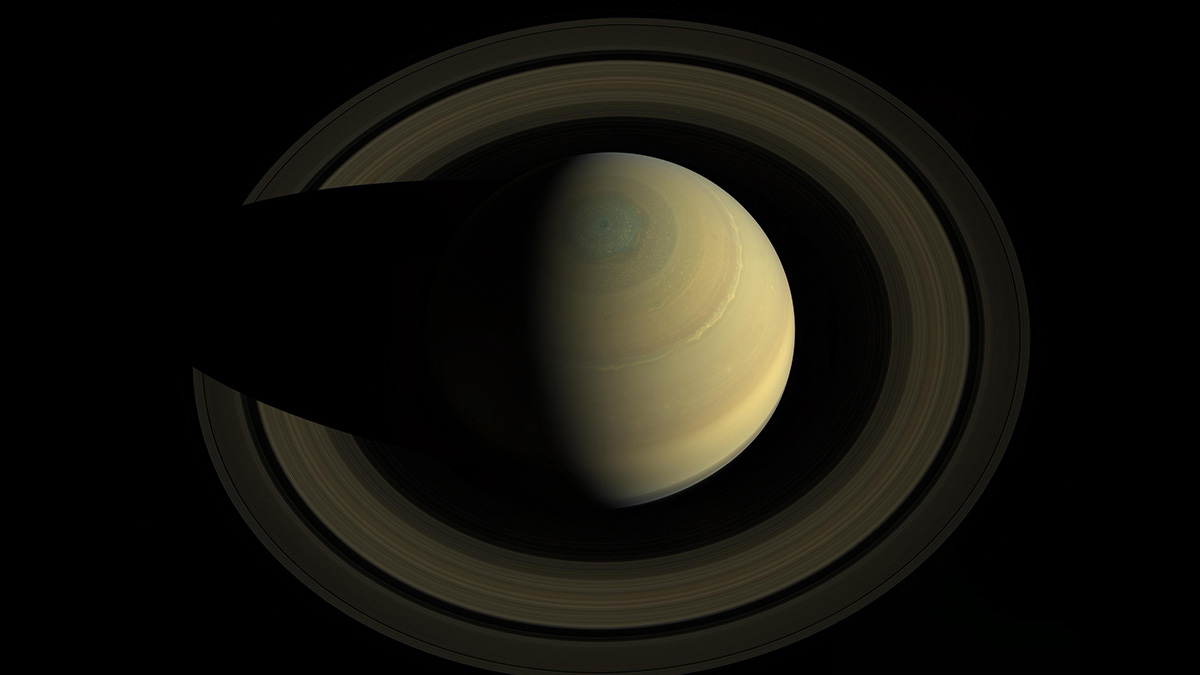
Saturn shines like a yellowish-white "star" of moderate brightness. The famous rings, however, are only visible in a telescope.
The rings were at their maximum tilt toward Earth in Oct. 2017, but are now rapidly closing to our line of sight. They will turn edge-on to the Earth during the spring of 2025. The process will begin in 2024 within the boundaries of the constellation Aquarius, the Water Carrier, and the planet will remain there for the rest of the year.
You can catch Saturn during evenings from Jan. 1 to Feb. 11, mornings from March 17 to Sept. 7, then evenings again from Sept. 8 to Dec. 31. Saturn's brightest in 2024 will fall between Aug. 25 to Oct. 1. Saturn will be in opposition to the sun on Sept. 8. Saturn and Venus will appear dramatically close to each other (with Saturn just 0.2-degree S) on the morning of March 21 and will be 0.4-degree S of Mars on April 10.
6. Uranus
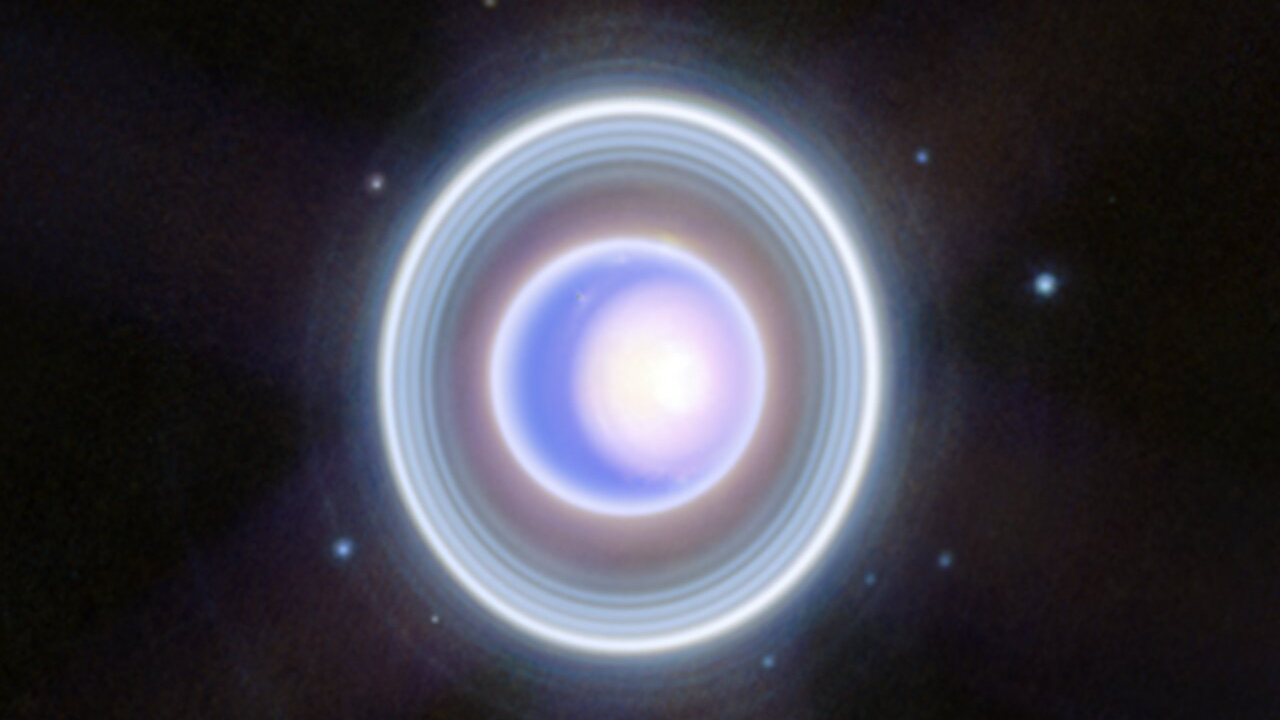
Uranus can be glimpsed as a naked-eye object by people who are blessed with good eyesight and a clear, dark sky, as well as a forehand knowledge of exactly where to look for it.
At its brightest, this planet shines at magnitude +5.6 and can be readily identified with good binoculars. A small telescope may reveal its tiny, greenish disk. Uranus spends all of 2024 in the constellation of Aries the Ram. You can catch sight of it during evenings from Jan. 1 to April 27, mornings from May 31 to Nov. 16, then evenings again from Nov. 17 to Dec. 31. It's brightest in 2024 will happen from Oct. 15 to Dec. 21. Uranus will arrive at opposition to the sun on Nov. 16.
7. Neptune
Last but not least, Neptune will spends all of 2024 in the constellation of Pisces, the Fishes. At a peak magnitude of +7.8, this bluish-hued world is only visible with good binoculars or a telescope. It'll be in the sky for optimal viewing during evenings from Jan. 1 through March 1, mornings from April 3 through Sept. 19, then evenings again from Sept. 20 to Dec. 31.
It's brightest in 2024 will happen from July 23 to Nov. 19. Opposition is on Sept. 20. Two excellent opportunities to identify Neptune will come first on April 3, when Venus slips 0.3-degree S of Neptune, and again on April 29, when Mars passes a mere 0.1-degree S of Neptune. Keep in mind that, compared to Neptune, Mars will appear over 500 times brighter and Venus some 58,000 times more dazzling.
Join our Space Forums to keep talking space on the latest missions, night sky and more! And if you have a news tip, correction or comment, let us know at: community@space.com.

Joe Rao is Space.com's skywatching columnist, as well as a veteran meteorologist and eclipse chaser who also serves as an instructor and guest lecturer at New York's Hayden Planetarium. He writes about astronomy for Natural History magazine, Sky & Telescope and other publications. Joe is an 8-time Emmy-nominated meteorologist who served the Putnam Valley region of New York for over 21 years. You can find him on Twitter and YouTube tracking lunar and solar eclipses, meteor showers and more. To find out Joe's latest project, visit him on Twitter.
